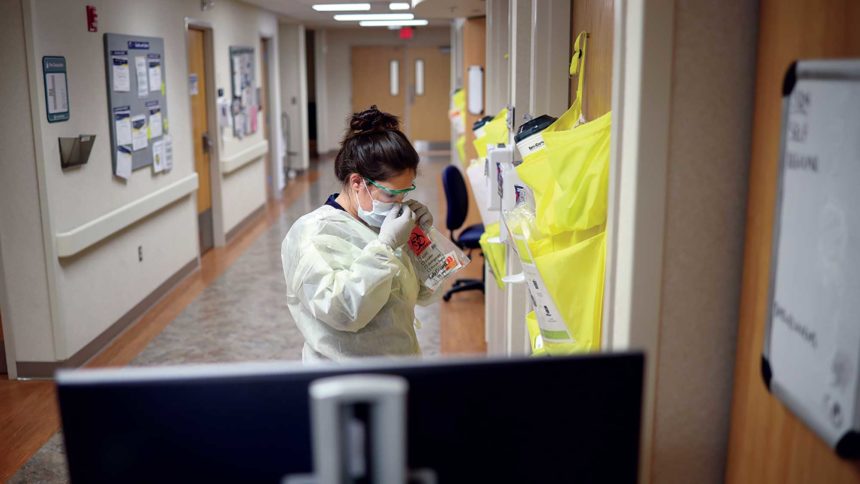
The number of coronavirus deaths in long-term care facilities has climbed to 5,670 since last week, according to a national news outlet that has been compiling state health data.
New York, where more than 2% of long-term care residents have died from the virus, helped drive up the number. A total of 3,466 long-term care facilities in 39 states now have known coronavirus infections, NBC News reported. That is nearly 1,000 more facilities than state officials reported last week, the news outlet said.
Twenty-nine state state health departments reported their death counts, which represent nursing homes, assisted living facilities and other long-term care facilities, the news outlet said. Still, the number of deaths of long-term care residents could be higher, as some states, like Florida, are not reporting their statistics, and access to testing is still limited in many states.
Earlier this month, the chair of AMDA: The Society for Post-Acute and Long-Term Care Medicine told McKnight’s that nursing homes should be prepared to lose one-third of residents.
Healthcare workers hit hard
Nearly 20% of coronavirus patients are healthcare workers, according to the latest report from the Centers for Disease Control and Prevention.
Healthcare professionals make up 19%, or 9,282, of coronavirus cases reported between mid February and early April, CDC data revealed. Federal investigators suggested the findings highlight the need to better protect the health and safety of “this essential national workforce.”
“Improving surveillance through routine reporting of occupation and industry not only benefits HCP, but all workers during the COVID-19 pandemic,” the report states.
The report did not specify the types or settings of healthcare workers who were infected. A majority of workers (55%) reported having contact with COVID-19 patients in a healthcare setting.
The report added that providers should take additional measures to reduce workers’ risk of infecting or transmitting the virus to others. Measures could include screening all workers for symptoms at the beginning of their shifts, as well as prioritizing testing and personal protective equipment for them. Insufficient levels of PPE have been a major concern for long-term care providers since the start of the pandemic.
“Surveillance is necessary for monitoring the impact of COVID-19-associated illness and better informing the implementation of infection prevention and control measures,” the report concluded.
New York, New York
In brighter news, each day at 7 p.m., a curious event happens in New York City: Residents take to their balconies and rooftops to clap and cheer. Their outpouring is for the frontline workers in the pandemic. The city is continuing a ritual that started in Wuhan, China, in the early days of the epidemic. Three cheers to that!





